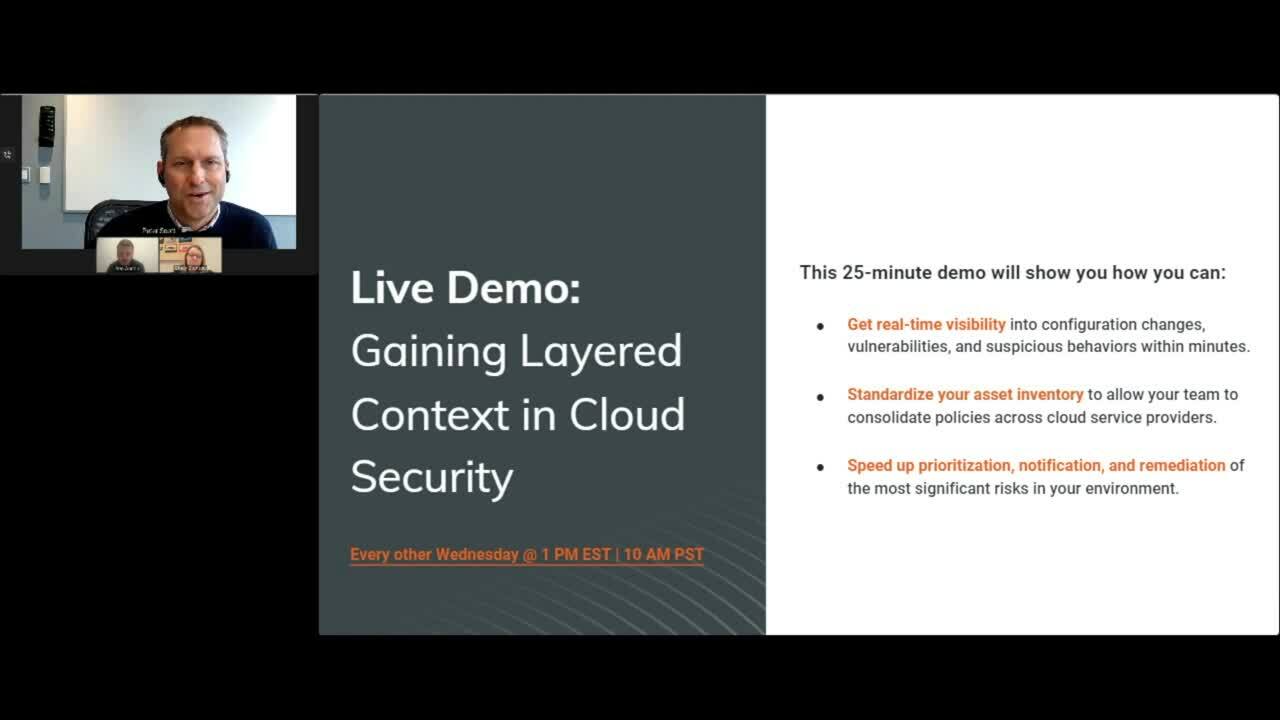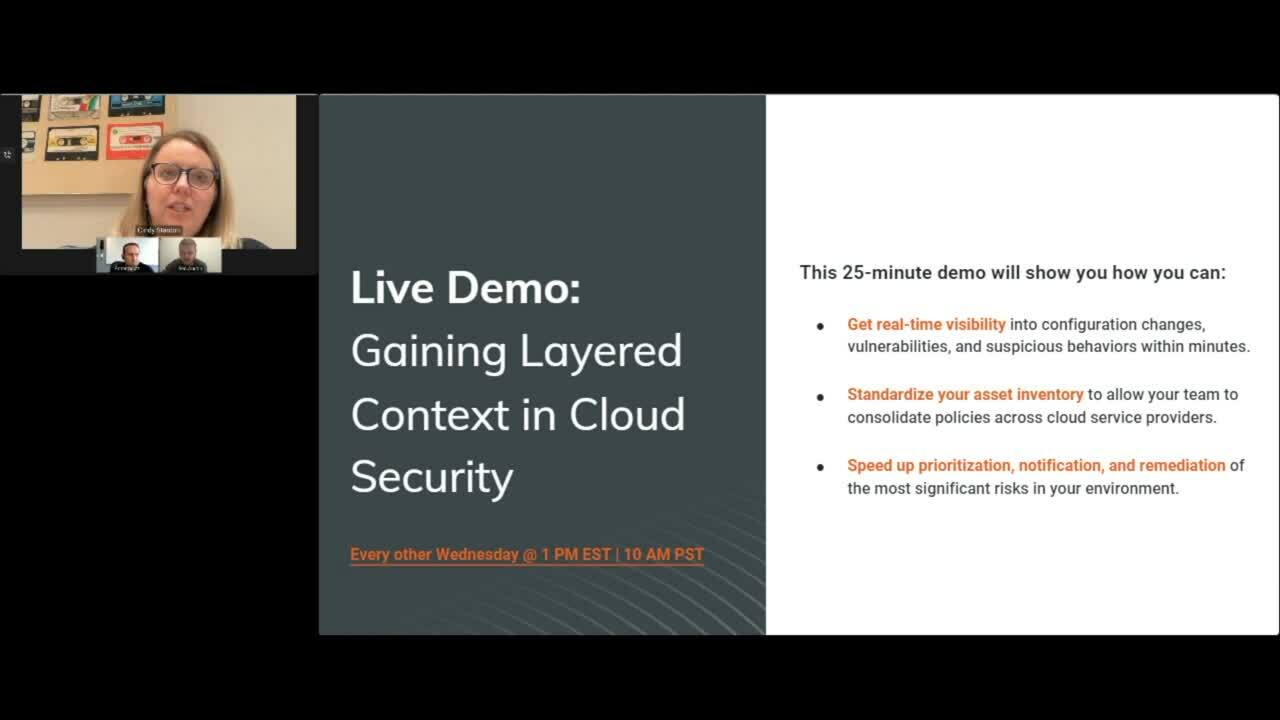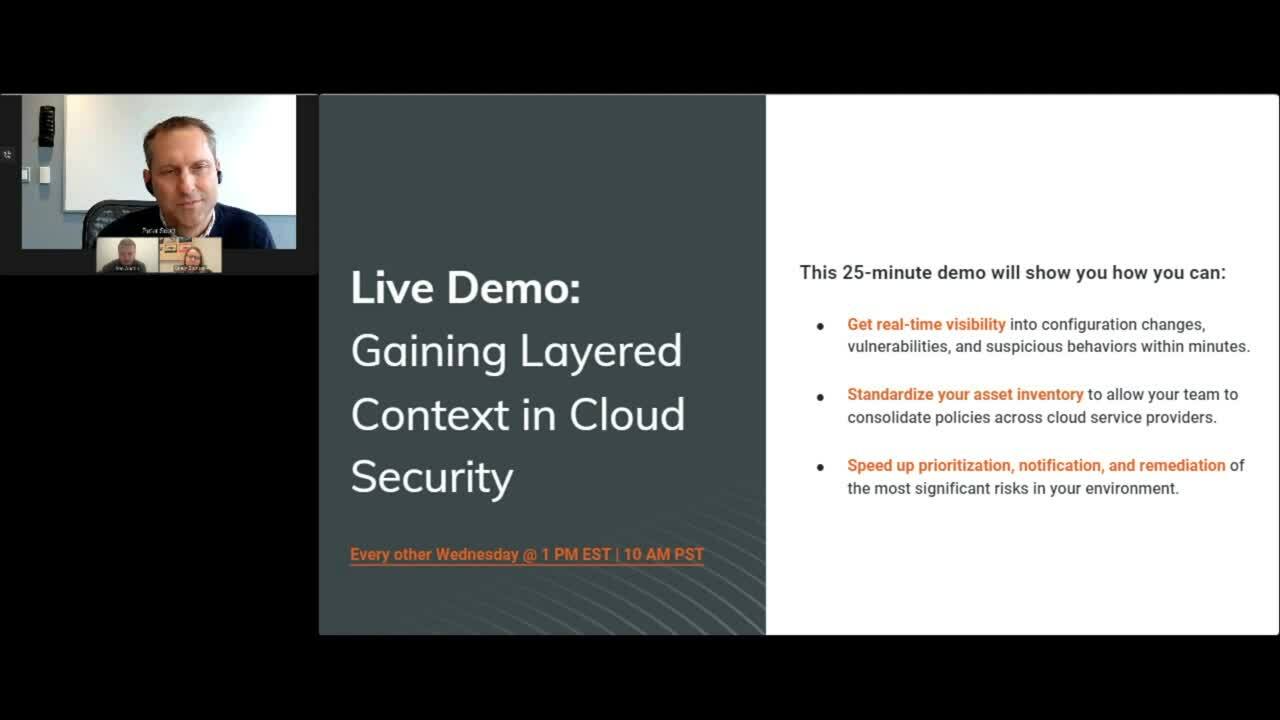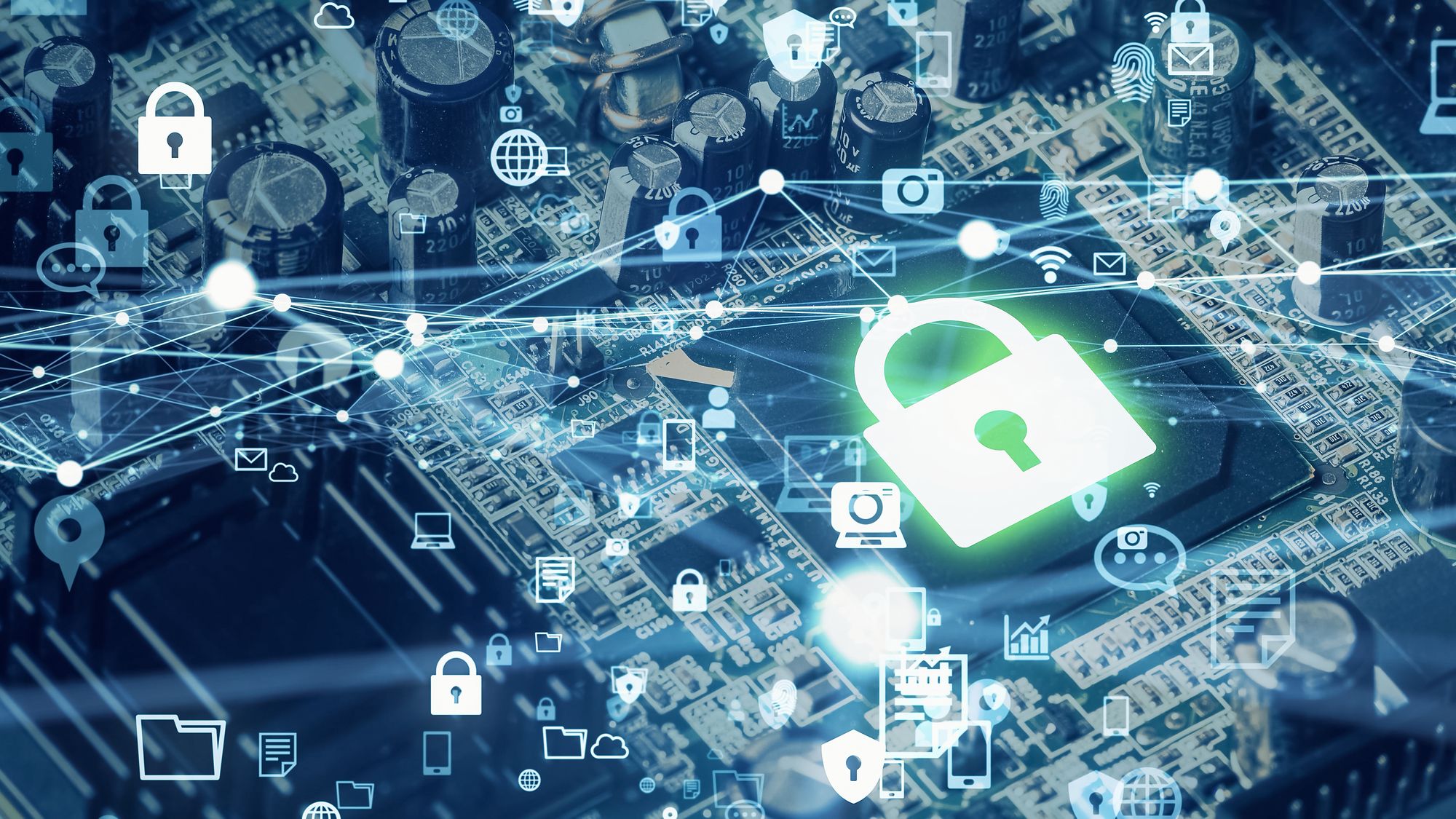Last updated at Sat, 13 May 2023 18:01:16 GMT
Authored by Natalie Hurd
Perhaps your organization is in the beginning stages of planning a digital transformation, and it’s time to start considering how the security team will adapt. Or maybe your digital transformation is well underway, and the security team is struggling to keep up with the pace of change. Either way, you’ve likely realized that the approach you’ve used with traditional infrastructure will need to evolve as you think about managing risk in your modern ecosystem. After all, a cloud instance running Kubernetes clusters to support application development is quite different from an on-premise Exchange server!
A recent webinar led by two of Rapid7’s leaders, Peter Scott (VP, Product Marketing) and Cindy Stanton (SVP, Product and Customer Marketing), explored the specific challenges of managing the evolution of risk across traditional and cloud environments. The challenges may be plentiful, but the strategies for success are just as numerous!
Over the course of several years, Rapid7 has helped many customers evolve their security programs in order to keep pace with the evolution of technology, and Peter and Cindy have noticed some themes of what tends to make these organizations successful. They advise working with your team & other stakeholders to find answers to the following questions:
- What sorts of resources does your organization run in the cloud, and who owns them?
- What does “good” look like when securing your cloud assets, and how will you measure success?
- Which standards and frameworks is your company subject to, compliance or otherwise?
Gathering answers to these questions as early as possible will not only aid in the efficacy of your security program, it will also help to establish strong relationships & understanding amongst key stakeholders.
Establishing Ownership

Proactively identifying teams and individuals that own the assets in your environment will go a long way towards ensuring speed of resolution when risk is present. Peter strongly suggests working with your organization’s Product or Project Development teams to figure out who owns what and get it documented. This way, when you see a misconfiguration, vulnerability or threat that needs to be dealt with, you know exactly who to talk to to get it resolved, saving important time.
The owners that you identify will not only have a hand to play in fixing problems, they can help make the necessary changes to “shift left” and prevent problems in the first place. The sooner you can identify these stakeholders and build relationships with them, the more successful you’ll be in the long run.
Defining “Good” and Tracking Achievement

Since we’ve established that securing traditional environments is not the same as securing modern environments, we can also agree that the definition of success may not be the same either! After you’ve established ownership, Cindy notes that it’s also important to define what “good” looks like, and how you plan to measure & report on it. Once you’ve created a definition of “good” within your immediate team, it’s also important to socialize that with stakeholders across your organization and track progress towards achieving that state. Tracking & sharing progress is valuable whether your organization meets, exceeds or falls short of your goals; celebrating the wins is just as important as seeking to understand the losses!
Aligning to Standards and Frameworks

Every industry comes with its own set of compliance and regulatory standards that must be adhered to, and it’s important to understand how security fits in. Your team can use these frameworks as a North Star of sorts when considering how to secure your environment, and the cloud aspects of your environment are no exception. Ben Austin, the moderator of the webinar, provides some perspective on the utility of compliance as a method for demonstrating progress in risk reduction. If your assets are more compliant today than they were 3 months ago, that’s a win for every stakeholder involved. If assets are getting less compliant, then you can work with your already-identified asset owners to make a plan to turn the ship around, and contextualize the importance of remaining compliant with them.
Check out our two previous blogs in the series to learn more about Addressing the Evolving Attack Surface and Adapting your VM Program to Regain Control, and watch the full webinar replay any time!
